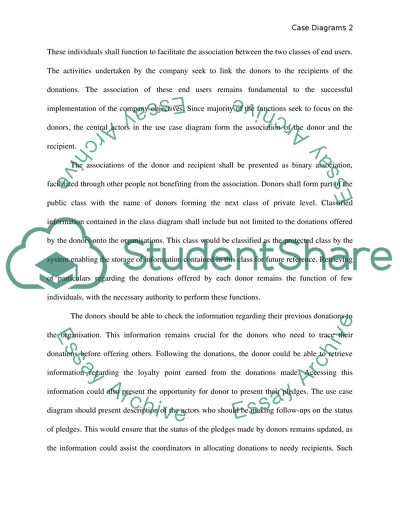Cite this document
(“Software Development Coursework Example | Topics and Well Written Essays - 1000 words”, n.d.)
Software Development Coursework Example | Topics and Well Written Essays - 1000 words. Retrieved from https://studentshare.org/information-technology/1450880-software-development
Software Development Coursework Example | Topics and Well Written Essays - 1000 words. Retrieved from https://studentshare.org/information-technology/1450880-software-development
(Software Development Coursework Example | Topics and Well Written Essays - 1000 Words)
Software Development Coursework Example | Topics and Well Written Essays - 1000 Words. https://studentshare.org/information-technology/1450880-software-development.
Software Development Coursework Example | Topics and Well Written Essays - 1000 Words. https://studentshare.org/information-technology/1450880-software-development.
“Software Development Coursework Example | Topics and Well Written Essays - 1000 Words”, n.d. https://studentshare.org/information-technology/1450880-software-development.


